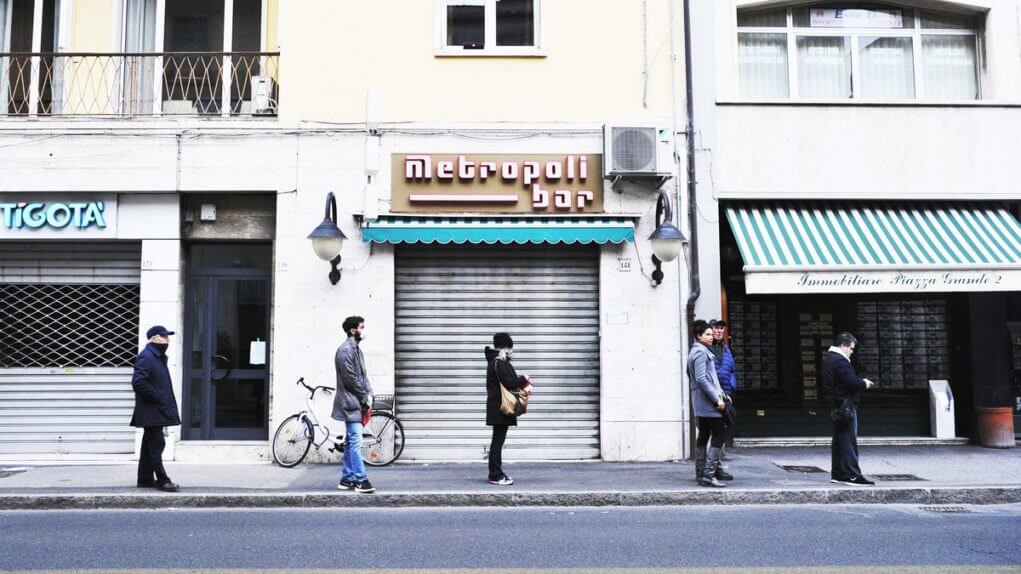Can you keep the Corona pandemic flat? For days you have been hearing from the highest point and you can see this desired image on graphics: “Flatten the curve” – flattens the curve. The Sars-CoV-2 infection curve is meant. First steeply upward, then steeply downward again, that’s the horror: the virus spreads exponentially, and when many are infected and immune, the number of new infections falls steeply again. That would be the natural course of events, the result: many unnecessary fatalities because all seriously ill people have to be treated more or less simultaneously – impossible even in the best health care system.
Since the containment and insulation precautions came into effect, which has so far mostly only been recommended in Germany, the pathogen has expanded more slowly and the curve has flattened out. And the more “social distance” – the magic word also of the Chancellor – is observed, the slower the number of infected continues to increase. So much for mathematics, as far as epidemiology. The formula is: test a lot plus rigorously identify contacts plus quarantine plus social distance plus voluntary self-quarantine.
It can be seen in South Korea, a country with a similarly modern health system and also with, that it can be successful in this way to spread the virus spread among the population and to keep the number of seriously ill people as long as possible at a level manageable for doctors and clinics a corona death rate well below one percent. On February 29, 909 newly infected people were registered, the total number was 3000. On Sunday there were only 76 newly infected people, the total number of infected people in the country was 8162.
South Korea experienced the exponential part of the curve climb in the last week of February and the first week of March. If, in Germany, too, it is possible to reduce the number of new cases through strict isolation, not only the clinics will be relieved. Then there is also hope that the number of infections with appropriate behavior changes, i.e. with continued hygiene and distance maintenance, must be hedged. And the virus itself could be limited to the respective outbreak regions with comparatively small numbers of cases.
But how long will that work? The virus is not necessarily feared for its lethality, but because it continues to spread so quickly and easily, above all through droplet infections. It is also not certain whether dry and warmer air will stop the virus in summer. China prides itself on having largely stopped the epidemic in the country through rigid quarantines. Beijing hardly reports any new cases. Will the virus soon disappear in China? Above all, can similar successes be achieved with the insulation measures introduced in the rest of the world?
And can the pandemic be dried out in the long term? The epidemiologists have as yet no answer. Given the many unknowns about the virus, you always have to do the math. Are enough people tested and infected people reported? And what about immunity after infection?












